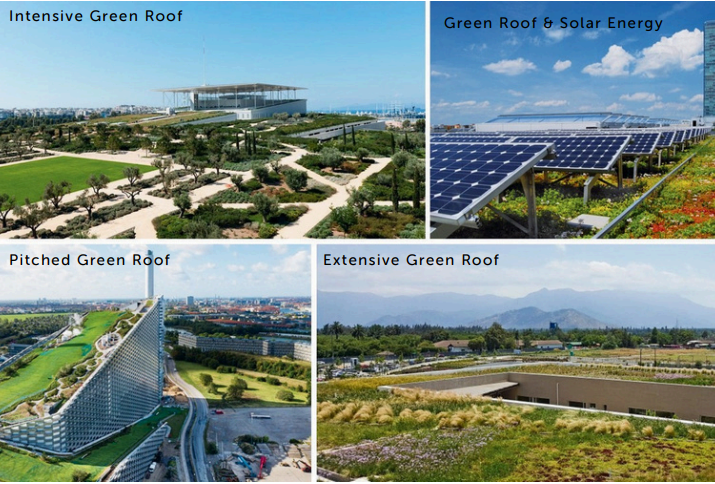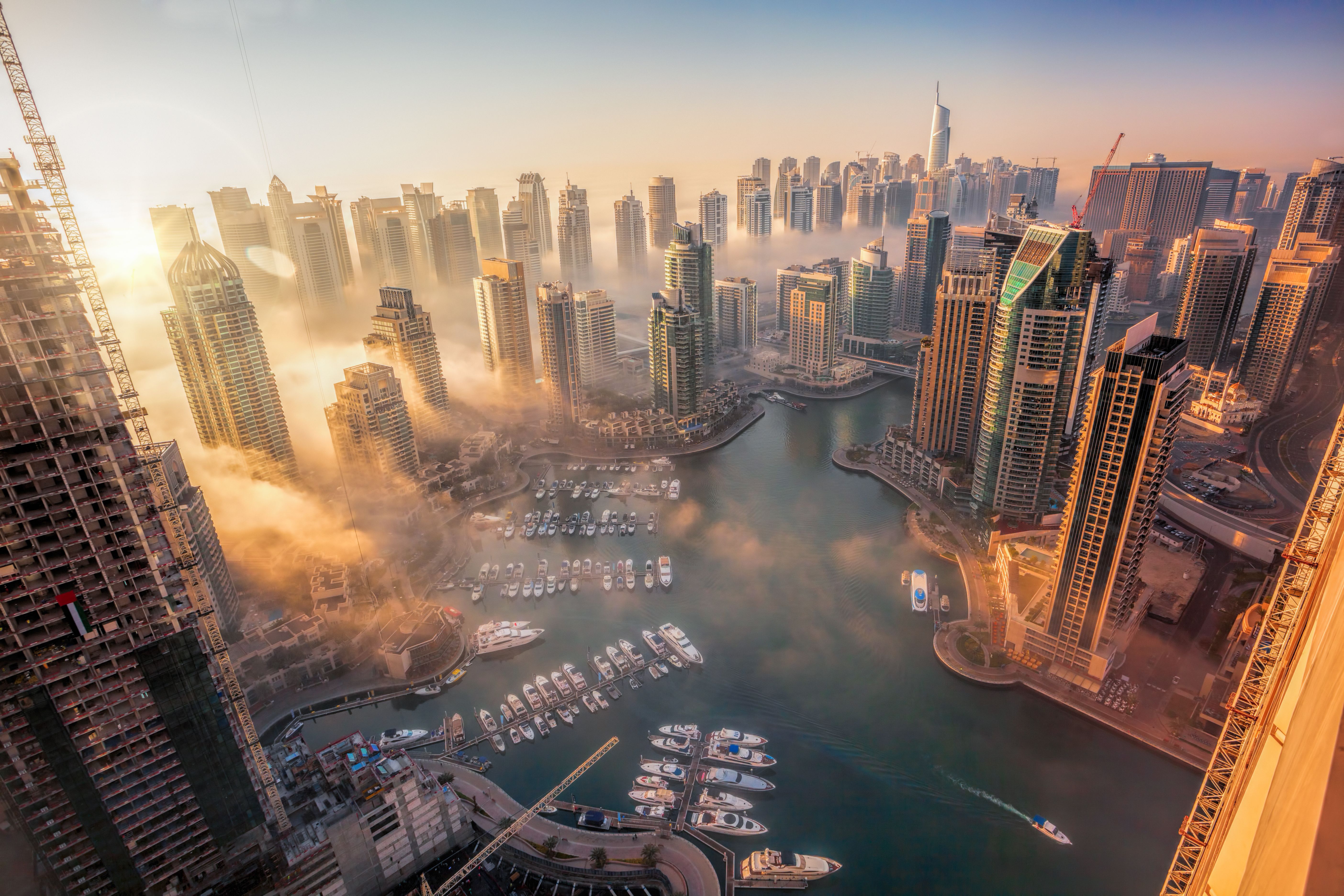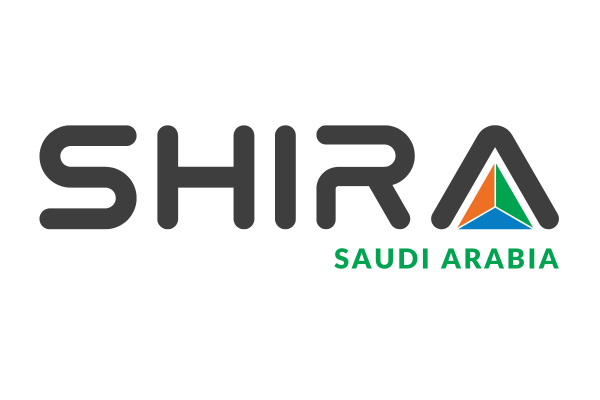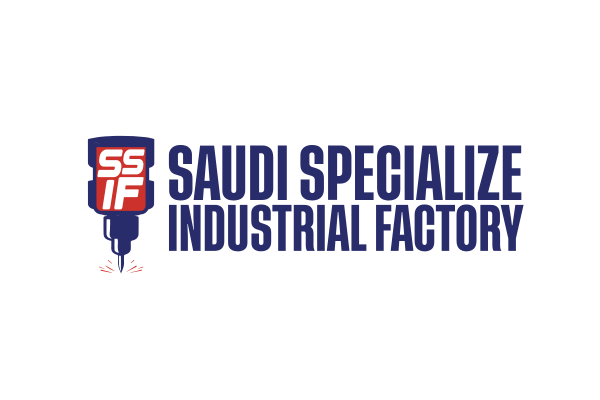Guest blog Shira Saudi & Zinco: From Concrete Desert to Green Oasis: The transformative power of Green Roofs
)
Middle Eastern cities are facing significant challenges due to climate change. Rising temperatures and extreme weather events, such as heavy rainfall and flooding, demand smart and sustainable solutions. As cities continue to expand, the need for green spaces grows, yet urbanization often comes at the cost of nature. ZinCo’s green roofs offer an innovative solution—balancing urban development with sustainability. At ZinCo, we redefine urban landscapes with state-of-the-art green roof systems that seamlessly combine functionality, aesthetics, and environmental responsibility—creating a greener, more resilient future.

Green roofs are a fundamental part of green infrastructure and modern sustainable architecture. They offer economic, social, and environmental benefits, transforming ordinary buildings into remarkable, eco-friendly spaces. A roof is more than just a protective layer for a building, it shapes the identity of individual structures and entire cityscapes. Green roofs enhance architectural design, extending the language of contemporary construction while adding new value to sustainable urban development.Beyond their aesthetic appeal, our innovative green roof solutions provide undeniable ecological and economic benefits:

A. Improving the Microclimate: Green Roofs cool and humidify the surrounding air. Thus they contribute to improving the microclimate in urban centers. This cooling effect significantly increases the performance of air-conditioning systems, reducing carbon emissions.
B. Binding dust and toxic particles: Green Roof vegetation helps to filter out dust and smog particles. Nitrates and other harmful materials are absorbed by the plants out of the air and rainfall and bound within the substrate.
C: Increasing rainwater retention: A Green Roof can significantly reduce water run-off and any water flows from the roof with a delay. Outlets, pipes, and drainage networks can be reduced in capacity, thereby saving construction costs.D: Improving noise protection: Planted areas are natural sound insulators and absorb more sound than hard surfaces. Green roofs reduce reflective sound and improve sound insulation

E: Reducing energy costs: A Green roof has the ability to buffer temperature extremes and improve the building’s energy performance. In the hot and arid Middle Eastern climate, the irrigated green roofs will considerably cool down the roof surface
F: Protecting the waterproofing: A Green roof protects the waterproofing from climate extremes, UV exposure, and mechanical damage. This greatly increases the life expectancy of the waterproofing and results in reduced maintenance and replacement costs.
G: Providing a natural habitat: Landscaped roofs compensate for green spaces, which are lost to building development. They provide natural habitats for wildlife and bring nature back into the cities.H: Providing additional space: Green roofs offer additional space for numerous uses. Whether you want a relaxing garden, a playground, or a golf course, it all can be achieved within the existing footprint.







